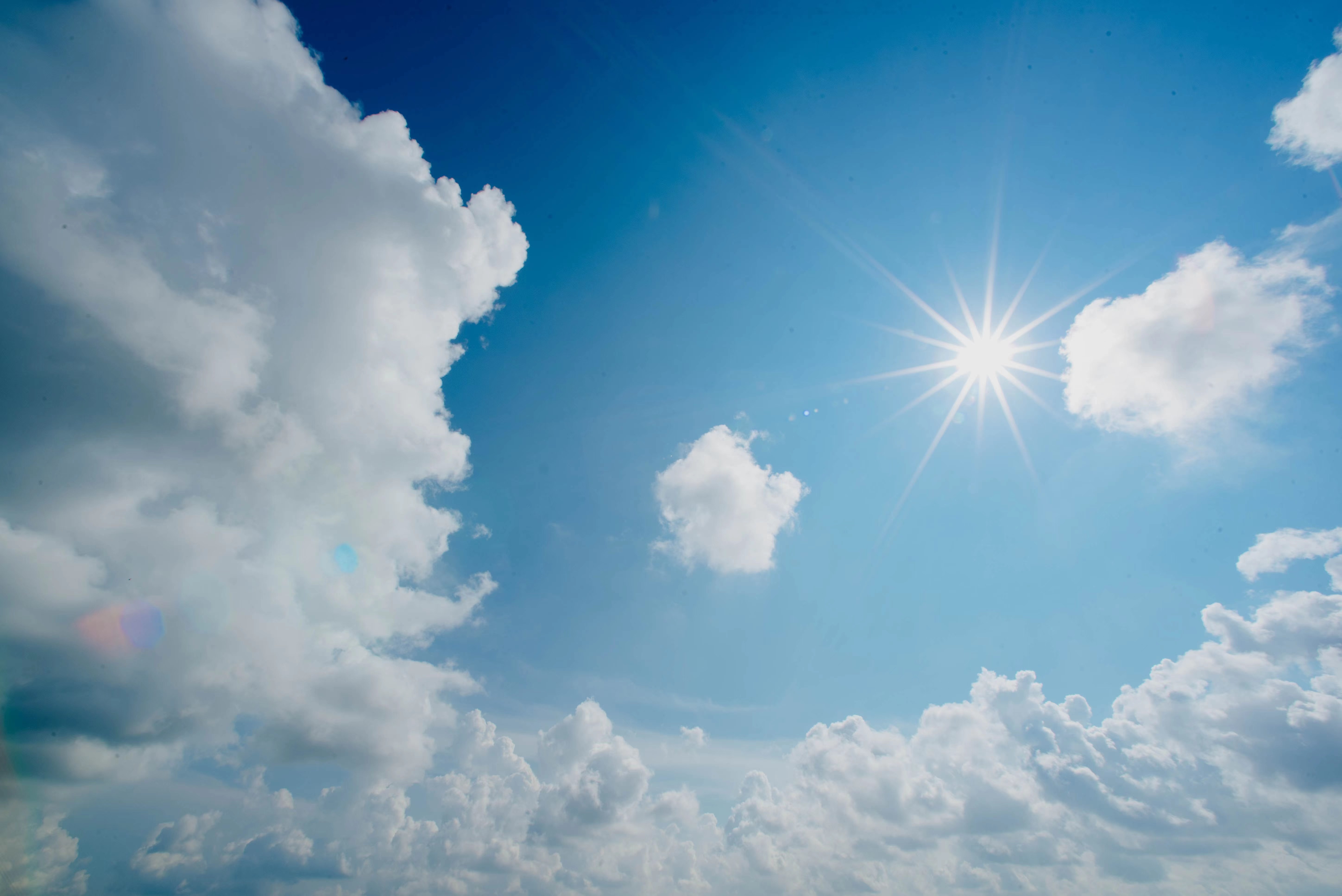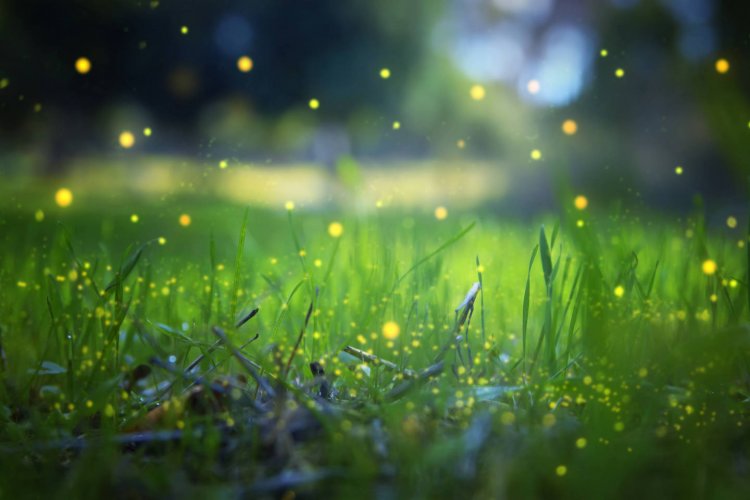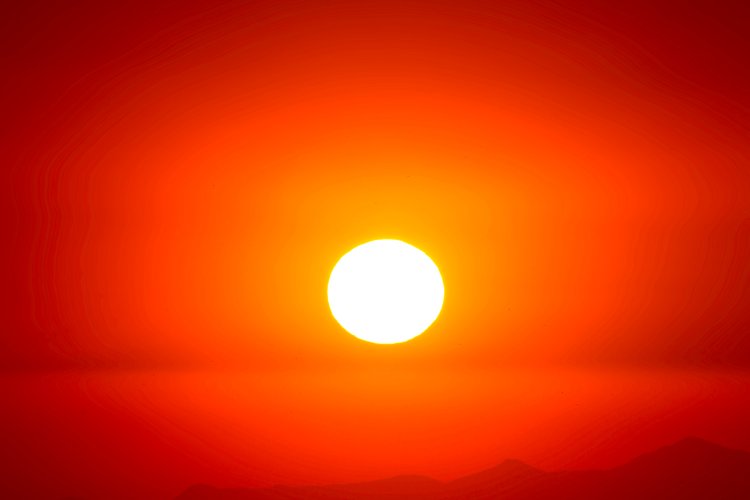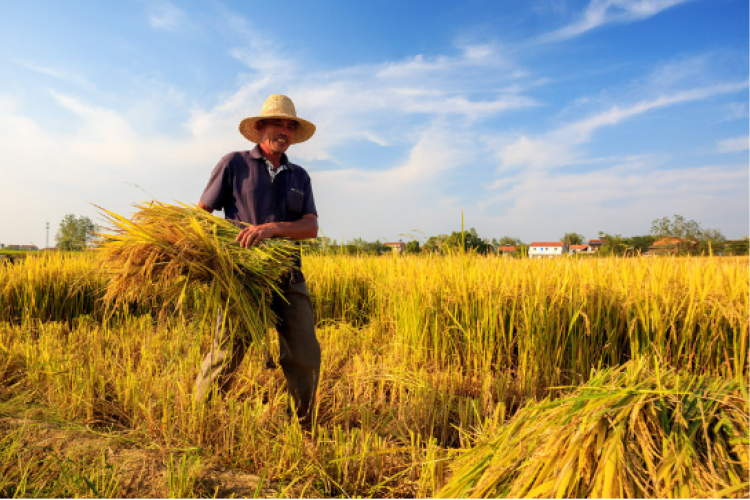With Temps Still High in Beijing, Here's How To Prevent Heat Exhaustion and Heat Stroke
A 48-year-old tour guide died this past Sunday of heatstroke while leading tours in the Summer Palace, reports Global Times. The death comes as weather forecasts show temperatures ready to go back up after this brief bit of rain we've had today.
According to medical website Healthline, heat stroke occurs when the body’s internal temperature overheats to 40 C. As the name suggests, symptoms might mimic those of a stroke. These include confusion, dizziness, slurred speech, and staggering, as well as flushed red skin, cramps, muscle weakness, and one tell-tale sign: hot skin with no signs of sweating.
Heat exhaustion, on the other hand, occurs when the body’s internal temperature reaches 38 C. Symptoms include pale skin, heavy sweating, and clammy skin, as well as nausea, and vomiting. Heat exhaustion can directly lead to heat stroke, which is why it’s important to notice the symptoms and prevent it before it happens.

If you or someone you know is experiencing heat exhaustion, here’s what to do:
1. Get inside – It’s best to avoid direct sunlight or outside heat.
2. Start drinking water and sports drinks – Heat exhaustion can lead to dehydration due to excessive sweating, so, when symptoms appear, it’s time to start hydrating. Sports drinks can also help to replenish electrolytes (sodium, potassium, magnesium, calcium)* lost with sweat. (note: in case of nausea or vomiting, take small sips of water).
3. Remove excess clothing – Jackets or tight-fitting clothing will only keep the heat in, so it’s important to remove or loosen unnecessary clothes.
4. Cool the body – This can be done by misting the skin or applying a cool compress or washcloth on the skin.
If conditions don’t improve within one hour or if there are signs of heat stroke, then it’s best to get medical attention ASAP. Left untreated, heat stroke can lead to seizures, coma, organ failure or even death.

Now, here’s how to prevent heat exhaustion/heat stroke:
Drink plenty of fluids – A bit of a no-brainer, but sometimes it can be hard to keep track of how much water you’re taking in throughout the day. According to Mayo Clinic, men should consume roughly 3.7 liters of water per day, while women should consume at least 2.7 liters.
Wear loose-fitting/light clothing – Too many or tight-fitting clothes can prevent the body from being able to regulate heat.
Wear sunscreen – Sunburn can affect the body’s ability to cool itself. Make sure to wear a hat and sunscreen with SPF of over 15 while outside, applied to the body every two hours.
Be careful during the hottest part of the day – According to the Global Times report, the hottest part of the day during summer is from around 10am to 4pm. If you plan to be outside during this period, heed the aforementioned measures and don’t over-exert yourself.
*https://www.hsph.harvard.edu/nutritionsource/sports-drinks/
Other cited websites: Healthline (https://www.healthline.com/health/heat-stroke-vs-heat-exhaustion), Mayo Clinic (https://www.mayoclinic.org/diseases-conditions/heat-stroke/symptoms-causes/syc-20353581), American Heart Association (https://www.heart.org/en/news/2023/06/23/in-the-summer-heat-know-how-to-recognize-and-prevent-heat-stroke)
READ: Beijing Temperatures Exceeded 41 C on Jun 23, a Record for June
Images: Unsplash
Related stories :
Comments
New comments are displayed first.Comments
![]() BauLuo
Submitted by Guest on Tue, 07/04/2023 - 14:06 Permalink
BauLuo
Submitted by Guest on Tue, 07/04/2023 - 14:06 Permalink
Re: With Temps Still High in Beijing, Here's How to Prevent...
NO NO NO THIS ADVICE IS ALL WRONG!
What you should do is go for a good 10 kilometer jog, as buck naked as is legal. Get all that sunshine all over yer body. Come home and mow the lawn. BIG BIG COMEDY SHOW COMIN UP! I HAVEN'T HAD A SHOWER IN A YEAR! (I employ the George Carlin method, ya only gotta wash face, feet, armpits and general groin and asshole area)
Validate your mobile phone number to post comments.




